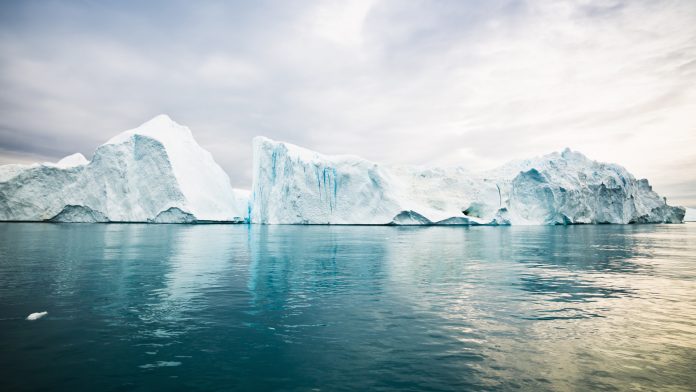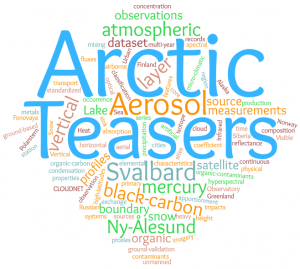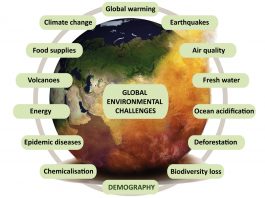The Horizon 2020 iCUPE project aims to improve our understanding of pollution sources, environmental changes, and their impact on polar regions.
The coordination of the Integrative and Comprehensive Understanding on Polar Environments (iCUPE) project is led by Professor Tuukka Petaja at the Institute for Atmospheric and Earth System Research (INAR) of the University of Helsinki, Finland. The research conducted as part of this project includes collection/sampling, integration and analysis of in situ and remote sensing observations with a modelling framework.
The iCUPE team collected satellite data and comprehensive long-term measurements of the Earth’s changing climate to further understand and observe the impact that it has on the polar regions. The team then presented these metrics and indicators to stakeholder communities concerned with issues related to environmental and natural resources in the polar areas. As result, more than 20 datasets were released by the iCUPE partners, with more expected to be published by 2020. Additionally, iCUPE datasets will serve as Products for the UN Sustainable Development Goals (SDGs), particularly addressing the Social-Economical Activities in the Arctic through the SDGs No. 3, 4, 11, 13, 14, 15 and 17.
Datasets on emerging contaminants in the polar areas
The iCUPE team has published datasets on a variety on contaminants presents in the air, water, snow, and ice in the polar regions. These datasets quantify the presence of:
- Anthropogenic contaminants in snow: This dataset addresses the concentrations of mercury, trace elements and organic contaminants in snow samples collected from Ny-Ålesund (Svalbard Archipelago, Norway) and from the Antarctic Plateau, Dome-C.
- Anthropogenic contaminants in ice cores: Researchers found that the ice cores at the plateau site of Dome-C in East Antarctica contained polycyclic aromatic hydrocarbon benzofluoranthene and organochlorinated pesticides.
- Organic contaminants in the air, snow, and water from the Arctic: For this dataset the team collected samples from Ny-Ålesund and measured the concentrations of polyfluoroalkyl substances in the air and snow. The team also gathered 22 samples of surface seawater and evaluated the concentrations of organophosphate in the European Arctic region.
Datasets on Arctic aerosols
Aerosols are fine solid particles or liquid droplets that are suspended in the air. Aerosols can be produced naturally or as a result of human activity. The team from the University of Helsinki have collected data on:
- Near-real-time aerosol absorption: At the Zeppelin station, Ny-Ålesund, Norway, the team took a variety of measurements of the Arctic environment to further our understanding of the transportation of atmospheric gases and aerosols.
- Small-scale vertical and horizontal variability of the atmospheric boundary layer aerosol using unmanned aerial systems: The team collected data from a flight campaign, which measured aerosols and gathered meteorological data.
- Aerosol vertical profiles from ground-based and satellite observations above selected sites in Finland and Siberia: Researchers collected lidar measurements of cloud and aerosol backscatter vertical profiles in Siberia and Finland.
- Aerosol characteristics including equivalent black carbon: This dataset contains information on particle size distribution of aerosols and black carbon.
- Vertical profiles of equivalent black carbon in the Arctic boundary layer: The team used tethered balloon systems to create 35 profiles of black carbon concentrations and meteorological parameters at the Gruvebadet Observatory (Svalbard).
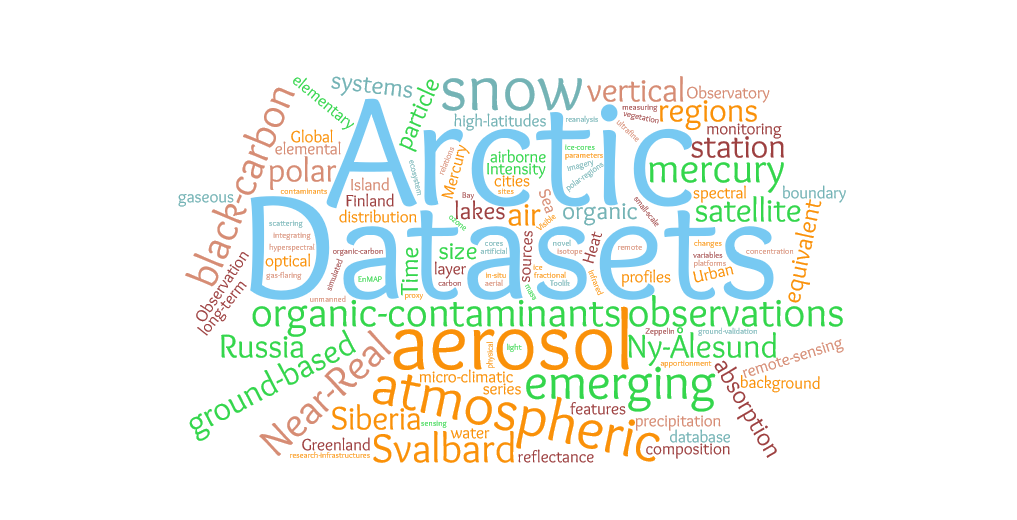 Datasets on Arctic mercury concentrations
Datasets on Arctic mercury concentrations
In the 1800, items containing mercury were mass produced, mainly to be used as medicines. However, mercury can cause serious damage to the nervous, digestive, and immune systems. The inorganic salt is corrosive to the skin, eyes, and gastrointestinal tract, and may induce kidney toxicity if ingested. Although mercury is rarely used in manufacturing today, large quantities of the element remain in our environment. In the Arctic regions, the iCUPE team have conducted:
- Arctic atmospheric mercury observations: This dataset contains measurement of the concentrations of total divalent atmospheric mercury forms in air samples collected at the Zeppelin Observatory in Svalbard and at the Villum Research Station.
- Long-term mercury monitoring: The team conducted measurements of gaseous elementary mercury in background air taken between June 2001 and February 2013.
Datasets on Arctic snow
It snows for most of the year in the Arctic, the thickness of the snowpack is the most important modulator of ground surface temperatures. If the snowpack is thin, the surface below can be freezing, however, if the snowpack is thick the climate below can be mild, protecting Arctic flora from extinction. Snow can be very sensitive to changes in the environment, therefore the iCUPE team have carried out extensive research on:
- Fractional snow cover area: In selected sites of Svalbard Islandataset, Norway, the team collected a series of high-resolution images taken from the Zeppelin Observatory in Svalbard.
- Snow spectral reflectance measurements: This dataset contains 1728 spectra of snow albedo measured with spectroradiometer during May–July 2014 at Ny-Ålesund with the aim to investigate changes in radiative characteristics during the snow melting process.
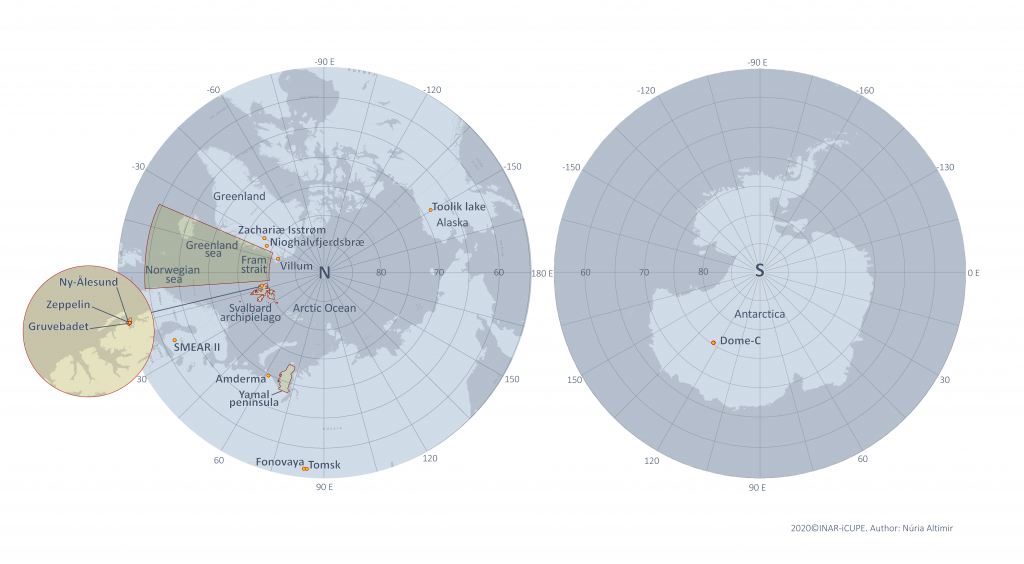
Datasets on Arctic water
By collecting data on the presence of water in the Arctic, researchers can estimate the impact that global warming is having on the ice in this region and further understand the speed in which it is melting. The iCUPE team monitored:
- Lake size changes in Northeast Greenland: The team gathered information about supraglacial lakes at two main glacier systems, Nioghalvfjerdatasetbræ and Zachariæ Isstrøm, using Polarimetric Synthetic Aperture Radar (PolSAR) observations of the ESA’s Sentinel-1A and 1B satellites.
- Precipitation in high-latitudes: The iCUPE team observed the precipitation microphysical properties (including ice particles) and ground-based W-band cloud radar observations at the SMEAR-II station. This research allows scientists to characterise Arctic precipitation.
Click here to access a compressive list of iCUPE datasets and summaries of each project.
Authors:
Professor Tuukka Petäjä – Project Coordinator
Dr Alexander Mahura – Senior Scientist

